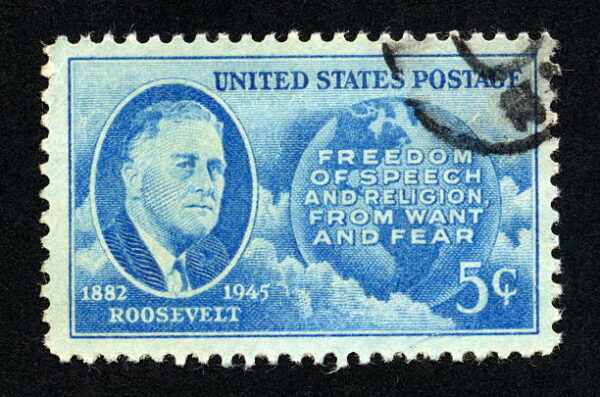The New Deal: A Transformative Era in American History
Introduction:
The New Deal was a series of programs, policies, and reforms implemented by President Franklin D. Roosevelt in the 1930s to address the economic challenges of the Great Depression. This essay explores the definition of the New Deal, underscores its historical importance, and examines both the advantages and disadvantages associated with this pivotal era in American history.
Defining the New Deal:
The New Deal was a comprehensive set of social, economic, and financial reforms initiated by President Roosevelt between 1933 and 1938. It aimed to alleviate the devastating effects of the Great Depression, which gripped the United States after the 1929 stock market crash. The New Deal encompassed a range of programs and initiatives, including the establishment of social security, financial regulations, public works projects, and labor reforms.
Importance of the New Deal:
- Economic Recovery: The New Deal played a crucial role in addressing the severe economic downturn of the Great Depression. By implementing various programs and policies, it sought to stimulate economic recovery, restore confidence in the financial system, and provide relief to those hardest hit by the crisis.
- Social Reforms: The New Deal introduced significant social reforms to address issues such as unemployment, poverty, and inadequate working conditions. Programs like the Civilian Conservation Corps (CCC) and the Works Progress Administration (WPA) provided employment opportunities and contributed to the development of essential infrastructure.
- Regulatory Framework: The New Deal ushered in a new era of financial regulation aimed at preventing the recurrence of the conditions that led to the stock market crash. The Securities Act of 1933 and the Glass-Steagall Act of 1933 were among the legislative measures designed to stabilize the financial system.
Example of the New Deal:
One notable example of a New Deal program is the Social Security Act of 1935. This landmark legislation created the Social Security system, providing a safety net for retirees and the unemployed. Social Security represented a significant departure from previous approaches and marked a commitment to the well-being of American citizens beyond their working years.
Advantages of the New Deal:
- Economic Recovery: The New Deal contributed to the gradual recovery of the U.S. economy, providing relief to millions of Americans who were grappling with unemployment and poverty.
- Social Welfare: Social programs introduced under the New Deal, such as Social Security, addressed the immediate needs of vulnerable populations, offering financial support and security.
Disadvantages of the New Deal:
- Criticism of Overreach: Some critics argue that the New Deal represented government overreach into the economy, with concerns about increased federal intervention and potential impacts on individual liberties.
- Uneven Distribution of Benefits: While the New Deal aimed to provide relief to those in need, the benefits were not always evenly distributed, and some segments of the population, particularly African Americans, faced challenges in accessing the full range of benefits.
Conclusion:
The New Deal stands as a transformative era in American history, marked by ambitious efforts to address the economic and social challenges of the Great Depression. While it faced criticism and debate, the New Deal left an indelible mark on the nation, shaping the role of government in providing social welfare and establishing a regulatory framework for the financial system. Its legacy persists in ongoing discussions about the appropriate role of government in times of economic crisis and the pursuit of social and economic justice.

